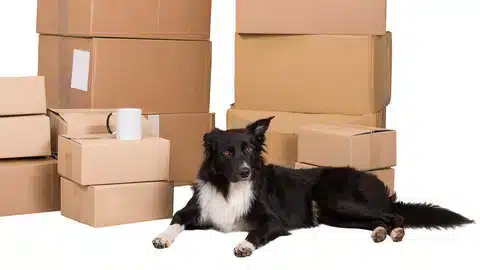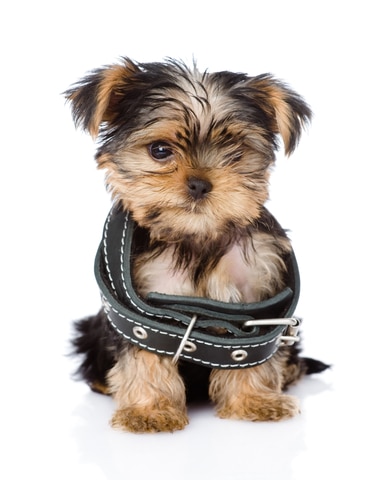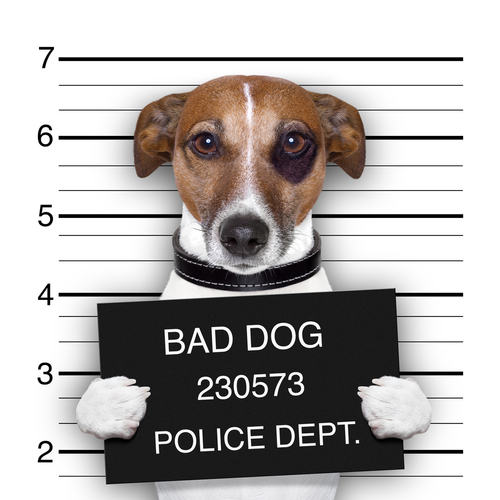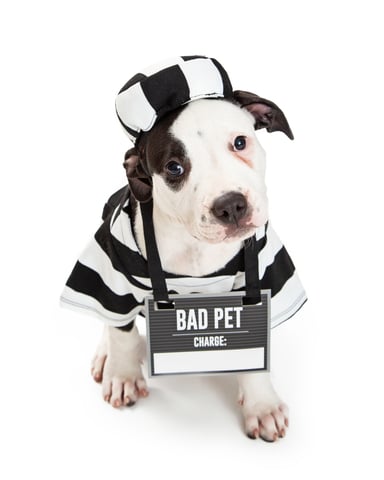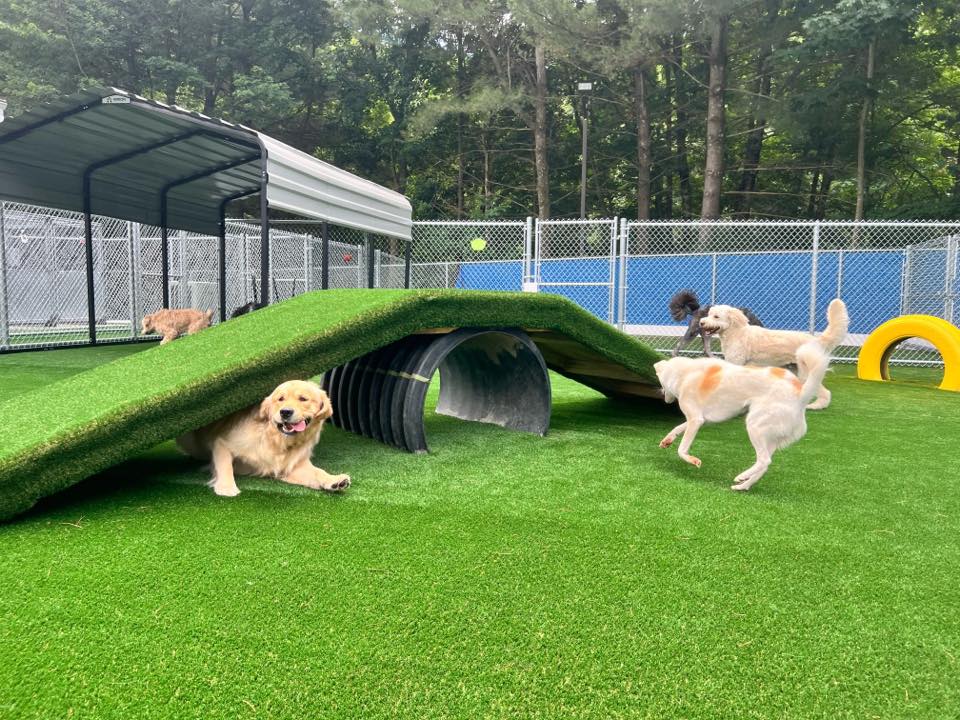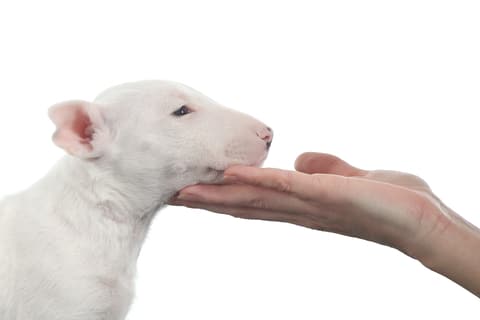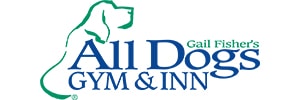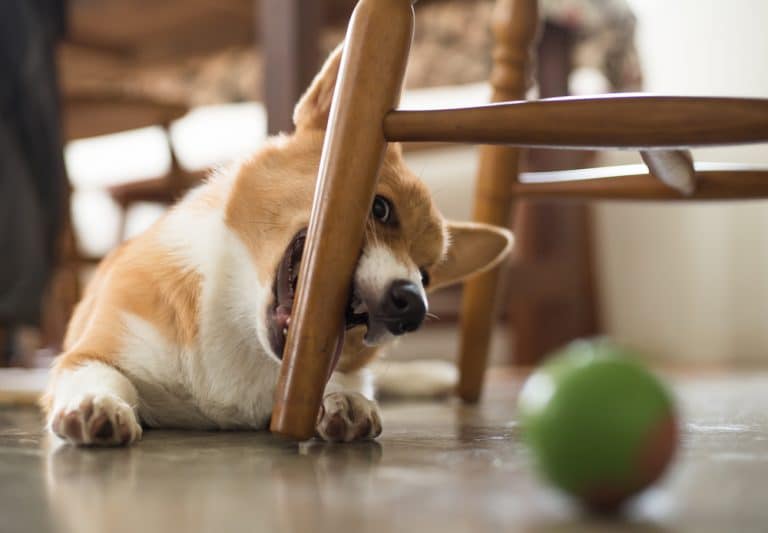
Puppies chew. It’s both natural and predictable. Preparing for your puppy’s chewing behavior will enable you to get your dog through this period without forming any bad habits, leading to expensive destructive chewing later.
Start by puppy proofing your home. Provide your puppy with no more than two safe toys at a time. Giving your puppy a lot of objects to chew gives him the idea that everything is his. Giving him just a few toys makes it easier to teach your puppy to differentiate between his toys and anything else on the floor like furniture, shoes, rugs, etc.
Much the way human babies try to put everything in their mouths, young puppies chew to explore their environment as a natural part of their learning. And just as a parent will stop a baby from putting something inappropriate in their mouth, your role is making sure your puppy learns what is and is not acceptable to chew.
A puppy’s chewing is also related to teething. At five to six months of age the deciduous or “milk” teeth fall out and the permanent, adult teeth erupt. Giving your puppy acceptable items to chew and preventing him from chewing other things can help prevent destructive chewing habits forming. Keep an eye on your puppy to supervise appropriate chewing, and whenever you can’t watch him, put him in a safe place such as in a crate. Until about ten months to a year of age (the end of the teething period), anytime you leave your dog alone or are busy and unable to watch him, crate him.
What’s OK to chew?
As you’re supervising your puppy, the moment he is about to put his mouth on something you don’t want him to chew, interrupt him with “Uh!”, and re-direct him to his own chew toy. By consistently teaching your puppy what is off limits and what is acceptable to chew—the “yes” and “no” objects—you’re raising a trustworthy adult dog.
Sometimes your puppy will be chewing something acceptable, and his focus will change. For example, he may be lying under a chair chewing a bone, and then starts chewing the chair leg instead. Understand that your puppy is not being willfully destructive, it was simply there. To teach him that the bone is OK and the chair leg is not, say “Uh!” the moment he starts chewing the chair, and focus him back on the bone.
Good and Not-so-Good Chew Toys
Provide your puppy with chew toys that satisfy his needs. Young puppies prefer soft toys such as a knotted terry cloth towel. Some teething puppies may be helped by chewing on something cold: dampen a towel and place it in the freezer, then give it to your pup.
Never give your puppy an article of clothing such as an old sock or shoe to chew. Your dog won’t differentiate between old shoes and new.
Once the adult teeth are in, most dogs prefer harder toys such as Nylabones or sterilized bones available at most pet shops (stuff it with peanut butter to attract a dog who shows no interest in it).
While many dogs enjoy chewing rawhide chews, hooves and pigs’ ears, we strongly advise against them. They can be dangerous, and even lethal to dogs. Dogs can choke on or swallow large pieces requiring surgery to remove. (They also often have another unpleasant side-effect—flatulence.) Don’t feel as if you’re depriving your dog by not giving them to him. There are much healthier alternatives.
If you’re having an issue with destructive chewing, seek out a positive trainer. Click here for information on our behavior programs.
